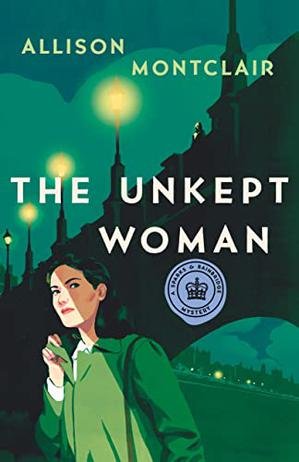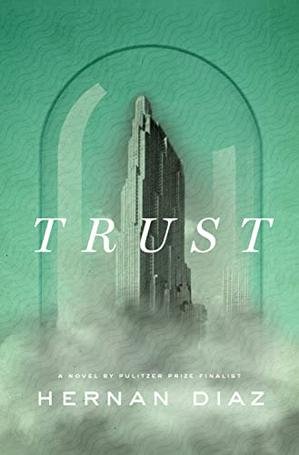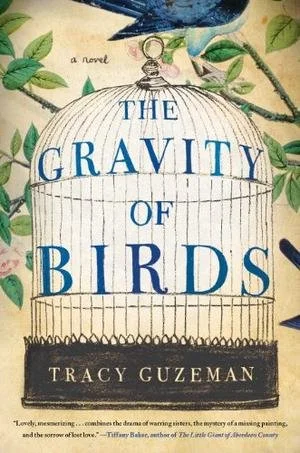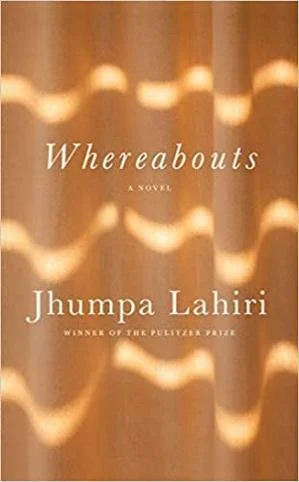Lucy by the Sea Elizabeth Strout (2022) Pulitzer-winner Strout has helped her readers examine many of the complexities of the human condition in her eight previous highly acclaimed books. Now, in Lucy by the Sea, she looks at the effects of the COVID-19 pandemic, through the eyes of Lucy Barton (a character she’s developed in My Name is Lucy Barton, Anything is Possible, and Oh William). Lucy’s ex-husband, William, is a scientist who sees how dangerous the coronavirus is. In early March 2020, he insists that Lucy leave New York City for a rental house on the coast of Maine. In first-person narrative, Lucy details the interactions she has with family and friends during 2020 and early 2021. Lucy by the Sea is the first discussion of the pandemic I’ve read that truly captures the sense of desperation and loneliness that the pandemic has wrought. One quote: “I could not stop feeling that life as I had known it was gone.” (245)
The Master Bedroom Tessa Hadley (2007) Kate Flynn is brilliant, brash, and beautiful—never boring. She takes a leave from her teaching job in London and goes back to her home town in Wales to care for her elderly mother, who has dementia. Kate’s entanglement in the lives of old friends allows the author to explore the complexities of desire, ambition, and generational ties. I’ve been bingeing on the well-crafted books by Britain’s Tessa Hadley; they are among my favorites, as you can see in this recent post.
The Sweet Remnants of Summer Alexander McCall Smith (2022) In this 14th offering in the Isabel Dalhousie series, it’s a warm September in Edinburgh. Isabel and her “dishy” husband, Jamie, get themselves involved as mediators—or possibly interveners—in two interpersonal dramas in the worlds of art, music, and wine. Glimpses of Isabel’s personal life, and of her job as editor of a philosophy journal, punctuate the gentle, easygoing story. I’ve reviewed novels in this series previously. The setting and the characters rank high for me in McCall Smith’s voluminous catalog of titles.





















































































